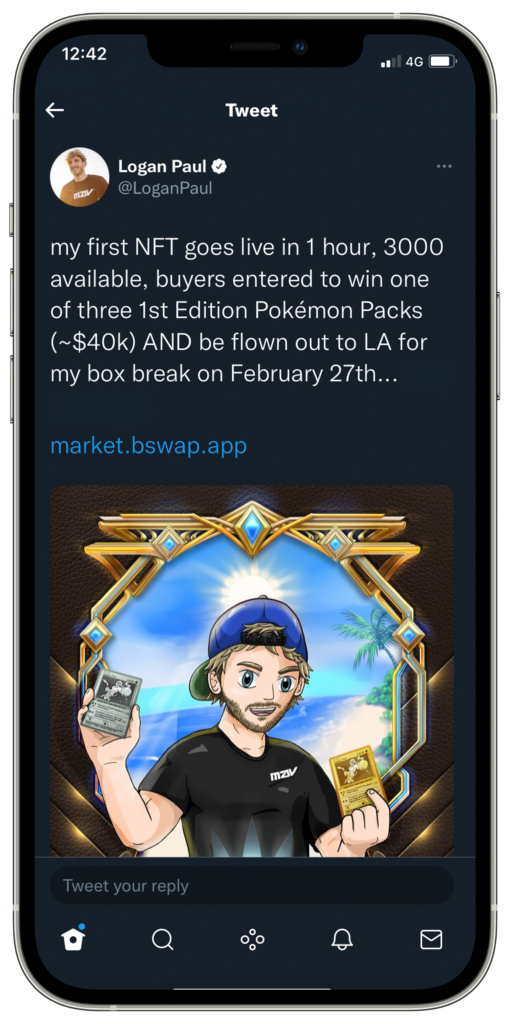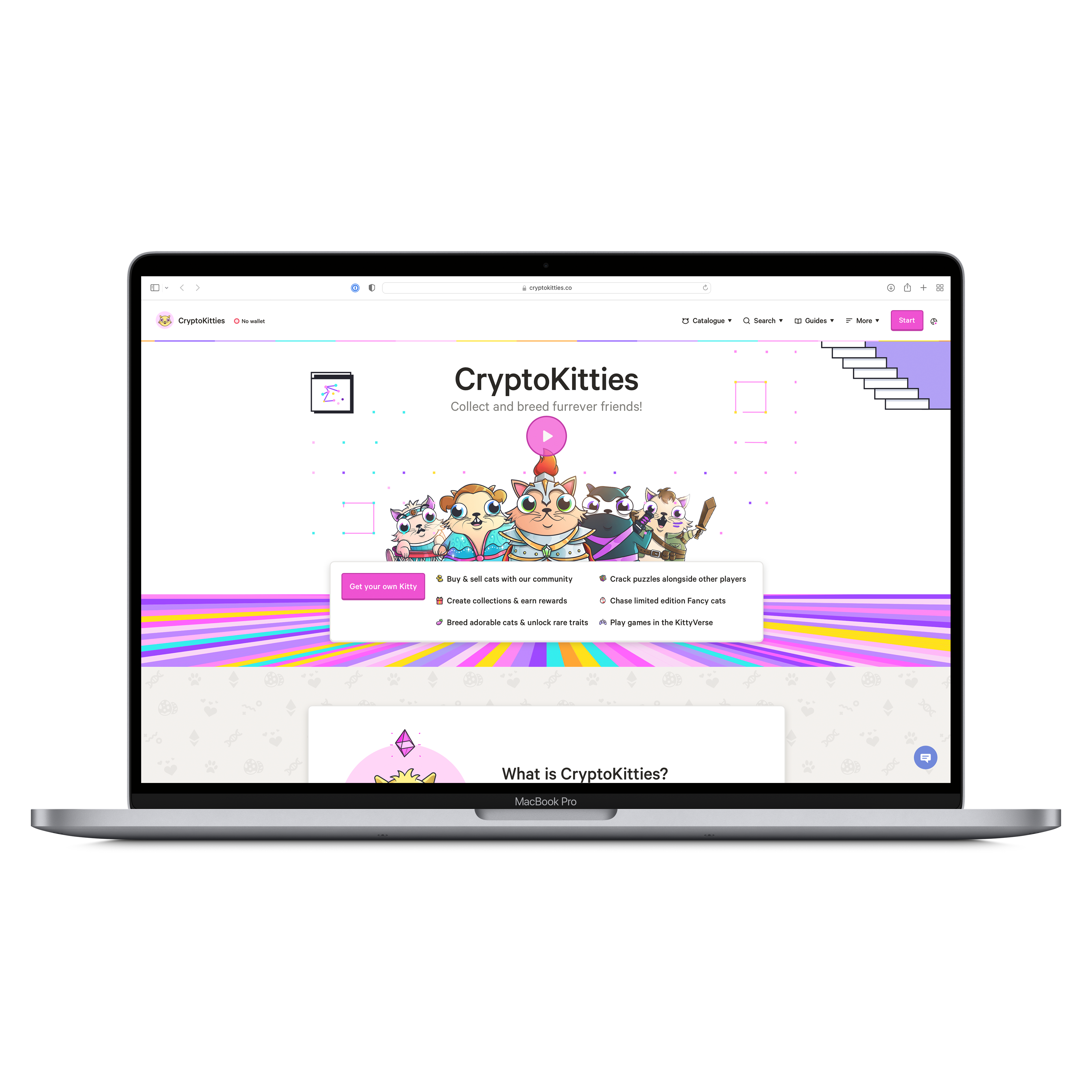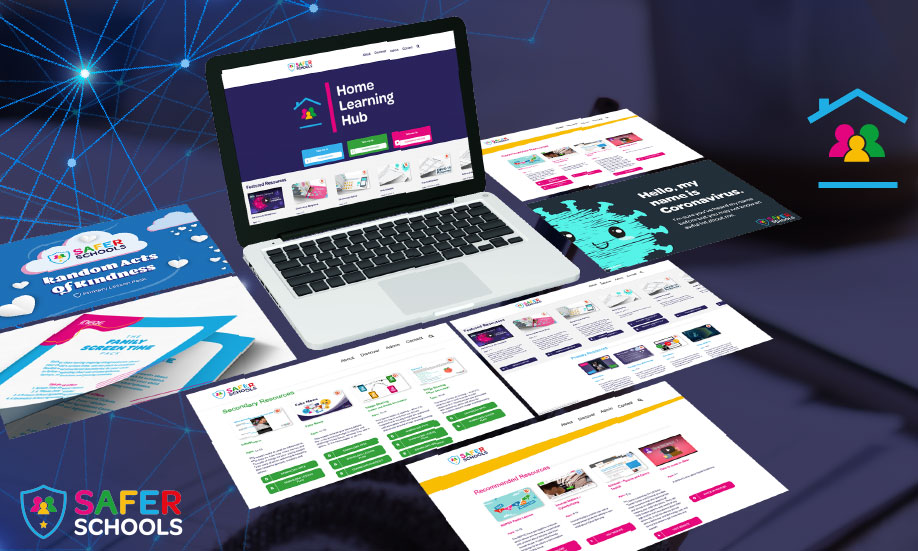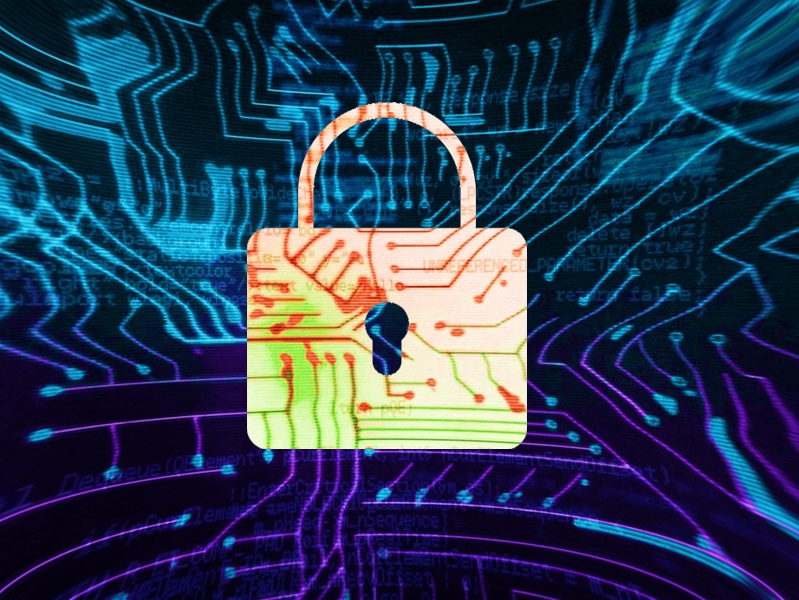If you had just begun to wrap your head around cryptocurrencies and Deepfakes, we have news for you – there’s another online trend on the rise! The digital craze of NFTs has exploded in popularity over the last few months and it doesn’t show any signs of stopping.
Our beginner’s guide to NFTs will help you understand exactly what NFTs are, how they’re used for art and gaming, and how they’re traded on marketplaces using cryptocurrencies.
What Is An NFT?
We’ll try to keep this simple! NFTs are unique digital assets that hold value.They are bought using cryptocurrency. NFT stands for ‘non-fungible token’.Because NFTs are non-fungible, they can’t be split into parts and traded.
If something is fungible, it means that it can be broken down into units and traded as an asset with another of the same type. A £20 note is fungible because you ‘break it down’ use it to pay for things in smaller amounts.
NFTs come in the form of art, videos, photos, and audio files. What makes NFTs different from standard digital art is the way they are bought, sold, and owned.
How do NFTs work?
In simple terms they are bought, with cryptocurrencies like bitcoin and their ownership is stored on a blockchain.
A blockchain is list of digital transaction records. Blockchain technology allows cryptocurrencies to be bought and sold securely. But cryptocurrencies remain volatile, meaning values can fluctuate quickly.
A blockchain securely stores transaction details electronically. This is how NFTs can be bought and sold. The blockchain uses forms of encryption to protect records and allows ‘proof of ownership’.

Why are they popular?
NFTs are useful for online content creators who wish to sell ‘one of a kind’ ownership of their art or ‘digital assets’. This exclusivity has helped them rise in popularity and become part of online culture.
Celebrities, influencers, and even public figures like Melania Trump have been buying, selling, and creating NFTs, making the concept even more popular. YouTuber Logan Paul made $3.5 million in one day after announcing a limited run of 3000 NFTs.
In some cases when someone buys an NFT they can gain other privileges like a certificate of authenticity, or access to premium memberships or events.

NFTs have entered the game

NFTs haven’t stopped at art, photos, and videos. They’re now being used in the gaming world.
A clear example of NFT integration into games comes from play-to-earn games – these games use the attraction of NFTs to keep players interested and active.
NFTs introduce financial incentives to playing the game such as the possibility of trading items or making money by playing.
The virtual pet game CryptoKitties is a blockchain game released in 2017 involving digital representations of cats. Each cat is a ‘cryptocollectable’ and is a unique NFT.
Players can buy, breed, and trade these virtual cats using the Ether cryptocurrency (a cryptocurrency similar to bitcoin) – users need to covert cash into Ether to make the purchase.
These Cryptokitties can be bought and sold on the Cryptokitties marketplace. In some cases, the cats can be sold for profit and in 2018 one cat sold for the cash equivalent of $140,000 (USD).

Let’s talk about the risks
Young people may see their favourite streamer, YouTuber, or friends buying NFTs. They might see a design they like, or they may just want to be part of the latest popular trend. Much of the language surrounding NFTs is persuasive. It capitalises on the ‘fear of missing out’ feeling many young people experience daily by being something exclusive or worth investing in.
Because of the novel nature of NFTs they can present numerous risks to children and young people. We recommend discussing the following points with the young person in your care to help keep them safe:
Young people may not fully understand what they're buying and could be at risk of being scammed through fake marketplaces, adverts, or sellers. Talk to the young person in your care about the risks of fraud and being scammed. The novelty factor of being able to own a one-of-a-kind item may cloud their decision making.
Talk to them about the usual features of scams: pressure to act ("time is running out" or "limited time offer"), a deal that seems 'too good to be true', and unsolicited approaches from sellers over social media.
Use the scams section of your Safer Schools App to find out more about scams.
It’s not always obvious when a celebrity or influencer is advertising something. Adverts are often cleverly disguised as ‘normal’ posts or written in a way that might make a young person think they should show support to be considered a ‘real’ fan. This can involve monetary support.
Our Home Learning Hub resources on influencers will help you have a conversation about influencers and how they might market products to their audience.
The value of individual NFTs can change rapidly depending on trends, popularity, and on the stability of the cryptocurrency used to buy the NFT. Have a conversation about the actual costs of a NFT – if the young person in your care really wants to buy one, what would be an acceptable amount to spend? How would they feel if the NFT then lost financial value after they spent money on it? These are important things to consider and discuss.
A play-to-earn game may seem like a fun, low risk, ‘easy’ option to winning an NFT. Have a conversation about the odds of winning and the amount of time spent playing a game. If the game involves spending money to play, remind the young person in your care that spending small amounts at a time still adds up in the end. Sit down together and work out a) how much time they’re spending on a game, and b) how much money they’re spending per week or month and what that would work out to in a year
You can also take this time to use our recent article to discuss the risks of gambling in gaming.
Top Tips
As well as following the above advice, follow these top tips:
- Talk to the children in your care about whether they have heard of NFTs. If they have, ask them to explain it to you and help you understand. If they don’t, why not take the opportunity to learn together.
- Discuss the purpose of NFTs while also discussing the downfalls of this type of asset.
- Ask them to check with you before making any online purchases or investments. It’s important to keep the line of communication open as this will help the young person in your care make guided financial decisions in future.
- Ensure they know that some online users want to trick or dupe others to make money. These scams grow more common every day, and typically revolve around what is new and popular.
Join our Online Safeguarding Hub Newsletter Network
Members of our network receive weekly updates on the trends, risks and threats to children and young people online.
Pause, Think and Plan

Visit the Home Learning Hub!
The Home Learning Hub is our free library of resources to support parents and carers who are taking the time to help their children be safer online.








